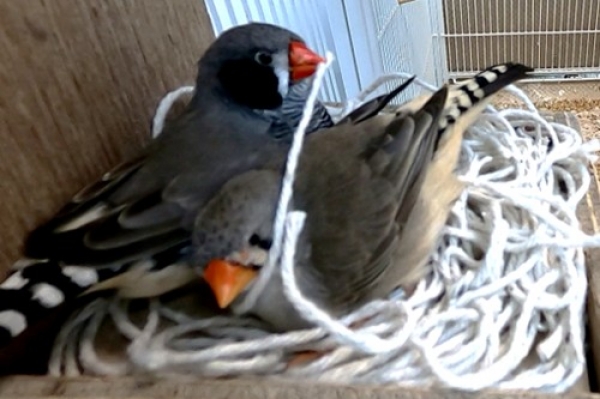The material a bird selects for its nest depends on the dimensions of its beak, according to researchers.
Using data on nest materials for nearly 6,000 species of birds, a team based at the University of Bristol and the University of St Andrews utilised random forest models, a type of machine learning algorithm, to take data from bird beaks and try to predict what nest materials that species might use.
They found a surprisingly strong correlation. Using only information on beak shape and size, they were able to correctly predict broad nest material use in 60% of species, rising to 97% in some cases.
These findings, published today in Philosophical Transactions of the Royal Society B, include a careful exploration of these models, investigating the ecological and evolutionary context behind these relationships. For example, not every species has the same access to all nest material types, which also affects these results.
Read more at University of Bristol
Image: A Zebra Finch (Taeniopygia guttata) handling nest material
(Credit: Shoko Sugasawa)


